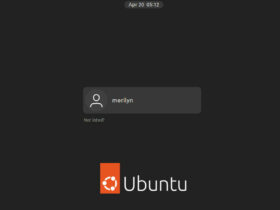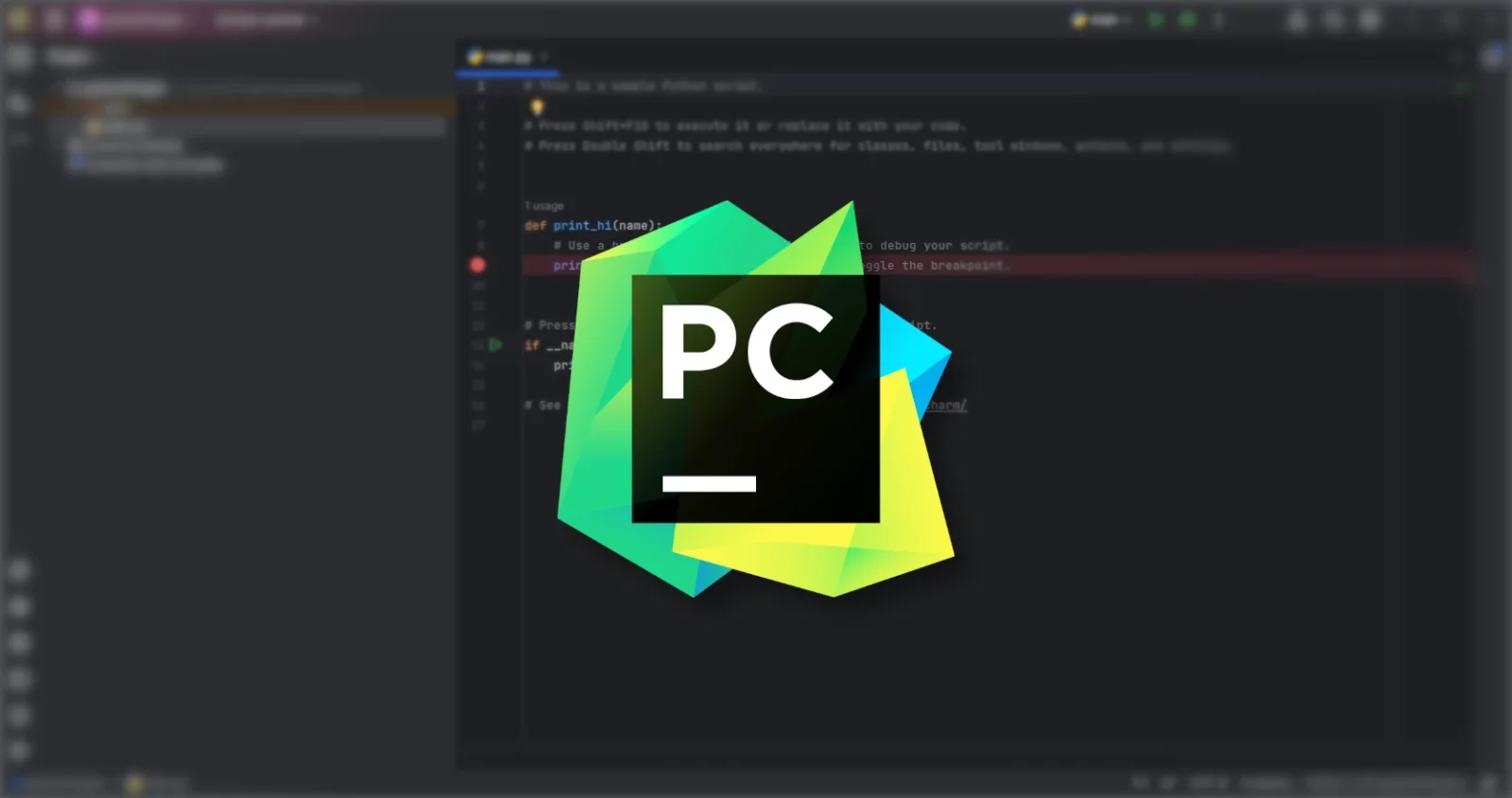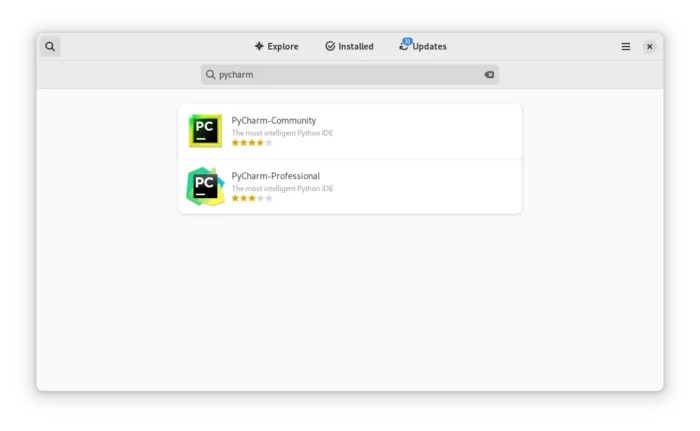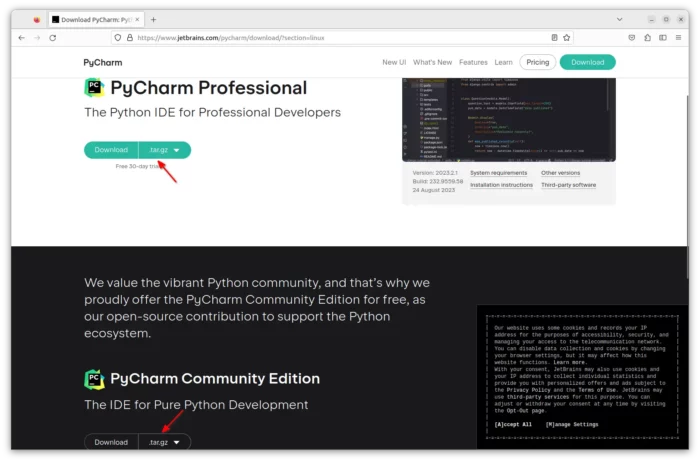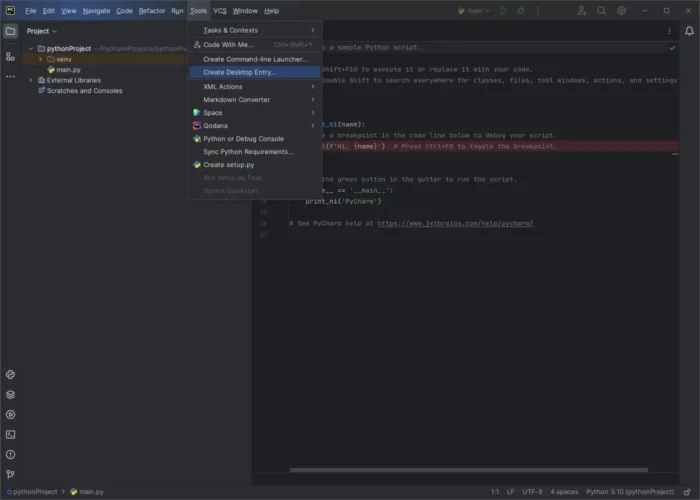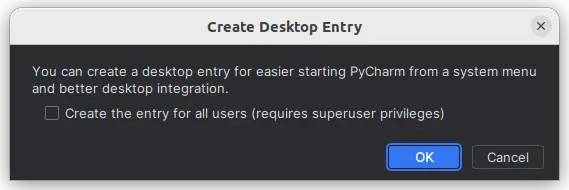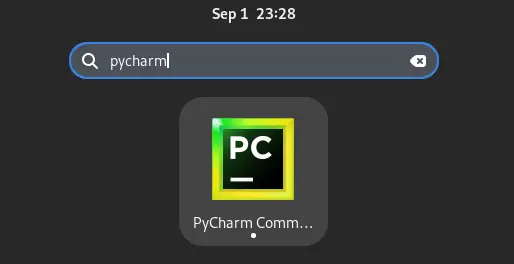This simple tutorial shows how to install PyCharm IDE in your Fedora 38 and Rocky Linux 9 step by step.
PyCharm is easy to install in most Linux systems either via universal Flatpak package or by using the official tarball. You can install it in your system with either method that you prefer.
Method 1: PyCharm Flatpak Package
Flatpak is an universal package format that works in most Linux. However, it runs in sandbox and takes more disk space for run-time libraries.
To install PyCharm as Flatpak in Fedora based Linux, first launch GNOME Software and go to its ‘Software Repositories’ page. Then, turn on ‘Flathub – dl.flathub.org’ toggle in pop-up dialog.
Finally, search for and install either ‘PyCharm Community’ or ‘PyCharm Professional’ in Software, after checking for updates (under Updates tab).
Or, just launch terminal and run the command below instead to install it as Flatpak:
- For Community Edition, run command:
flatpak install https://dl.flathub.org/repo/appstream/com.jetbrains.PyCharm-Community.flatpakref
- For PyCharm Professional, use this command instead:
flatpak install https://dl.flathub.org/repo/appstream/com.jetbrains.PyCharm-Professional.flatpakref
First time installing Flatpak app needs log out and back in, for app icon visible.
Method 2: PyCharm Official Tarball
PyCharm provides official tarball available to download at its web-site. By downloading either Professional or Community edition, extract, then, you can run the executable file under ‘bin’ sub-folder to launch the IDE. Then, you may manually create a app shortcut to make it visible in system app launcher or app-grid.
1. First, download PyCharm tarball via the link below, for ARM device, click down arrow for optional ARM tarball.
2. Then, open Downloads folder. Extract the tarball, and move the result folder into desired location for long time use.
In my case, I drag’n’drop it into my custom ‘Apps’ folder under user home.
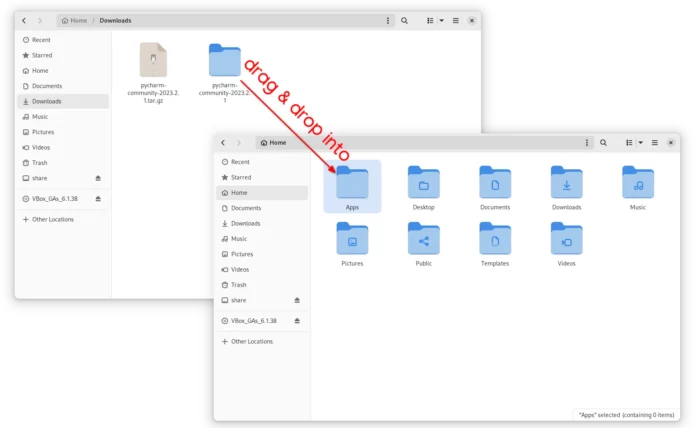
3. Now, navigate to the PyCharm’s bin sub-folder. Right-click on blank area and select “Open in Terminal“. Finally, you can launch the IDE by running command in pop-up terminal:
./pycharm.sh
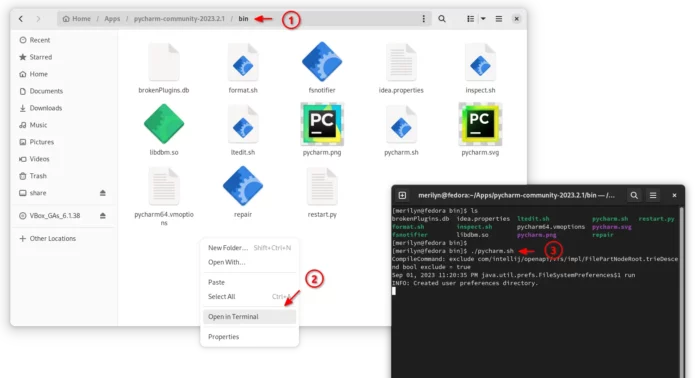
Create Shortcut Icon for PyCharm
PyCharm has a built-in option to create app shortcut for better Linux integration. Just follow the steps below to do the trick!
1. First, launch the IDE and create a new project.
2. Then go to ‘Main Menu -> Tools -> Create Desktop Entry‘.
In the pop-up dialog, just click ‘OK’ will do the job for current user only. Of course, you may enable ‘Create the entry for all users‘, however you need to first put the IDE source folder to system directories (e.g., /opt) for permission issue.
3. If the previous steps were done properly, the app icon should be visible in start/app menu or ‘overview’ search results depends on your Desktop Environment.
Uninstall PyCharm
Depends on how you installed the software package, uninstall it by following methods.
For the Flatpak package, remove it either from Gnome Software, or by running command in terminal:
flatpak uninstall --delete-data com.jetbrains.PyCharm-Community
And replace com.jetbrains.PyCharm-Community in command with com.jetbrains.PyCharm-Professional to uninstall the professional edition.
To remove the package installed from official tarball, just delete the PyCharm source folder and .desktop file under .local/share/applications directory.






